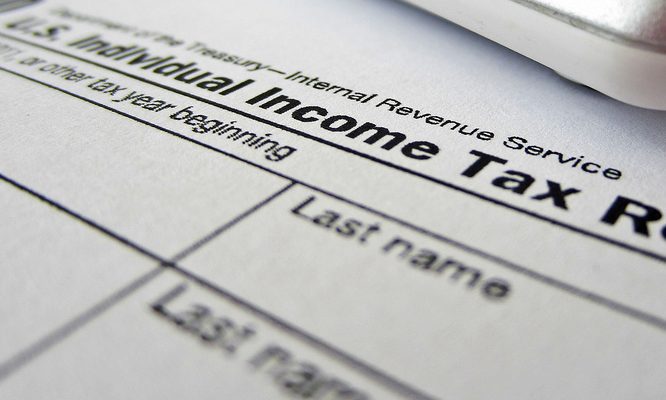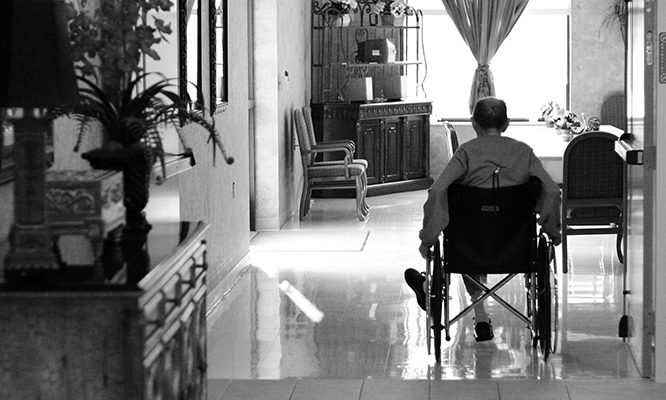Retirement communities often operate on tight budgets, with a goal of reducing overhead costs. Executives and administrators hawkishly watch financials, looking for any avenues where dollars can be saved. Human Resources is forced to cut benefits, while purchasing tries new products to save costs on cleaning and operating supplies. However, sometimes, saving money in the long run costs some in the short. Working with your maintenance division to convert systems to more environmentally friendly options may incur costs today that will save you thousands in years to come.
The easiest and most well-known method of savings is converting lights to LED bulbs. One community in upstate New York was recently profiled for doing just this. The community replaced 2,750 bulbs, at a cost of about $1,500. The result? A projected yearly savings of $144,000! In roughly 10 days, the community had recouped its investment and was on the path to saving money for years to come. LED bulbs are getting cheaper and brighter, in addition to having longer lives and being less harmful to the environment. Every community should be looking at a full light bulb replacement, if they haven’t done so already.
We all know that some of the biggest energy hogs in our own homes are our washers and dryers. Retirement communities are no different, spending tens of thousands of dollars every year on laundering linens and clothes. One may think that the process of doing laundry hasn’t really changed that much in the last 50 years; one machine uses hot water and soap to wash the linens, and another dries them; however, there is another way to do laundry that has been on the market for longer than you may realize — ozone washing machines. Rather than using hot water and soap, these machines use gasses and cold water (and much less of it). Rather than using detergent, the water is treated with ozone, causing dirt and stains to break down while linens remain vibrant and strong. It’s a complicated process, to be sure, which is why the machines have always been so expensive. Now, with advances in manufacturing and production technology, they are becoming more affordable, enabling communities to convert to their use, saving on energy, water and sewer costs while becoming more environmentally friendly in the process.
On the higher cost end of the spectrum, we find advanced smart home systems that include the Nest thermostat and similar devices. These products adjust home temperature based on user preference and patterns, such as lowering the temperature while the resident is asleep and at work, and raising it while the resident is at home — all automatically. Think of the energy savings that your community could yield by just turning down the thermostats by three degrees for 12 hours a day in every home. It seems like a small change, but the savings could be huge! As this technology grows, it’s being added to complete smart home systems, where community managers can monitor usage in real time, allowing them to look for areas to proactively save on energy costs by including their residents in the decision-making process.
The old adage, “It takes money to make money,” remains true today. It can also be said that “it takes money to save money.” By investing wisely in eco-friendly and efficient systems, your community could be seeing both greener trees and greener wallets.
Sources:
http://www.ozonelaundrysystems.com/



